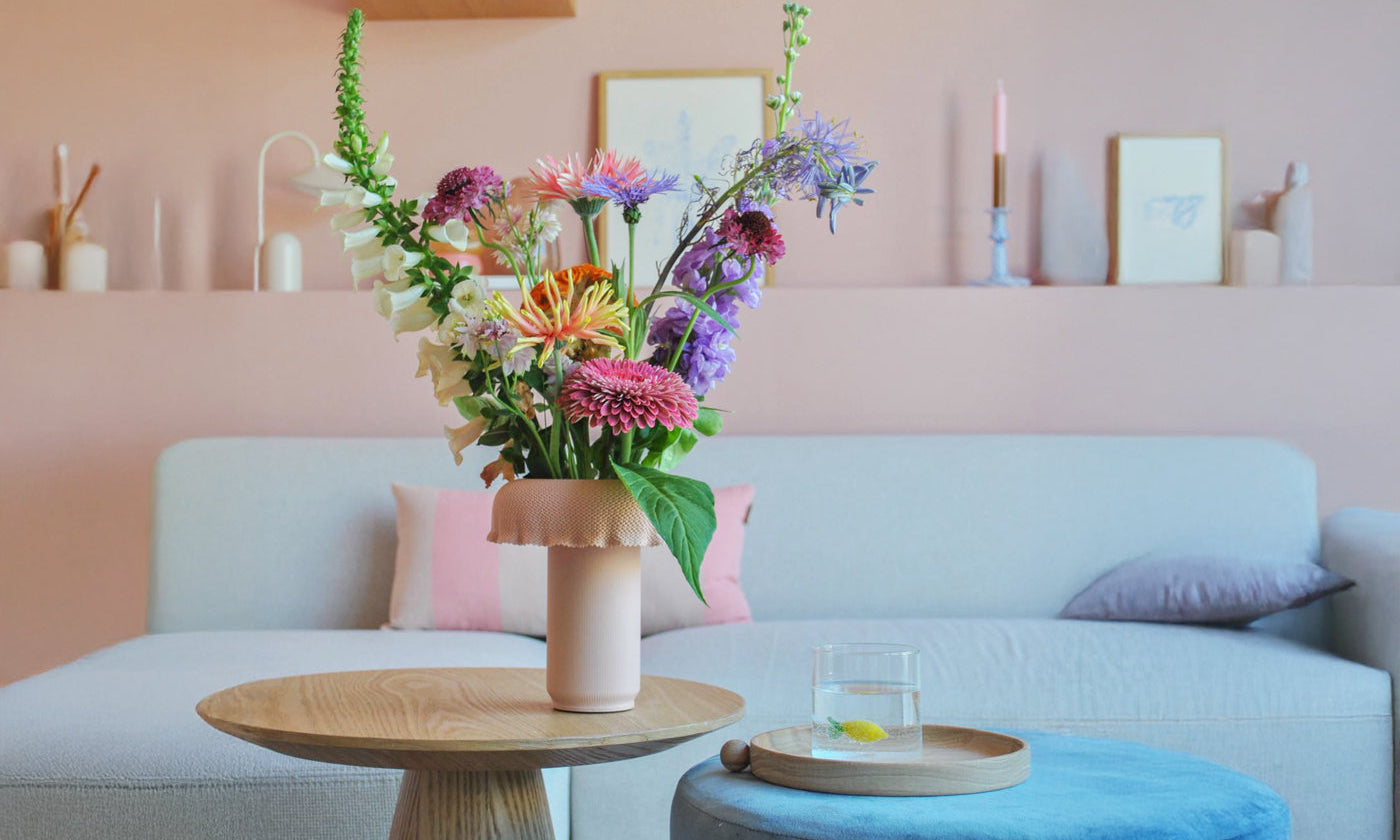For much of the last century, design has followed a straight line: take resources, make products, and throw them away when they no longer serve us. This “take–make–waste” rhythm has filled our homes with objects, but it has also filled our landfills and oceans with materials that will outlast us all.
Circular design asks us to draw a different line—one that curves back on itself, where nothing is wasted and every material is given the chance to live again. At Cyrc, this is not a marketing term or an afterthought. It’s the starting point of every piece we create.
What Circular Design Really Means
Circular design is often mistaken for an aesthetic. In reality, it’s a framework: a way of designing objects by thinking about their entire life cycle. Where the material comes from. How the piece will be used. What happens when you no longer need it.
The goal is simple yet radical: objects designed without an end point.
Circular Economy vs. Circular Design
The words “circular economy” and “circular design” are often used together, but they live at different scales. The circular economy is the big system—a model that asks industries, governments, and communities to regenerate rather than discard. Circular design is how that vision touches our everyday lives: in the bowl on your table, the vase on your shelf, the planter by your window.
One is the map. The other is the path.
Why Brands Can’t Look Away
Design today carries responsibility. The era of ignoring impact has passed. Fast fashion, single-use plastics, cheaply made furniture that breaks after one move—all of it has shown us the consequences of short-sighted design.
Brands that take circularity seriously aren’t just reducing waste; they’re building trust, resilience, and relevance in a world where resources are limited. At Cyrc, we’ve built our take-back program around this responsibility. Every product we create can come back to us. We recycle the material, and it returns as something new. The loop never ends.
Discover how we did this in the Monoprint Collection
Why It Matters at Home
For consumers, the shift to circular products is not abstract. It’s personal. Every object we bring into our homes says something about us—our values, our tastes, our priorities.
Choosing circular pieces means living with design that is more than decoration. A Cyrc vase doesn’t just hold water; it holds a conversation. Guests often ask if our objects are porcelain, glass, even fabric. When they learn that each one is made from recycled plastic and bio-polymers, and that we take them back to remake again, the piece transforms. It becomes part of a larger story—one about architecture, technology, sustainability, and care.
Beyond the Object
Supporting circular businesses isn’t charity. It’s an act of participation in a cultural shift. Each purchase helps fuel innovation, supports local production, and makes sustainability tangible and desirable.
At Cyrc, our mission is to imagine a world without waste—and to bring that world into your living room, your dining room, your daily rituals.
Closing the Loop
Circular design is not a distant theory. It’s a choice available to all of us. With every object we bring into our homes, we’re shaping not only our spaces but also the systems we depend on.
A future where beauty and responsibility coexist is already possible. It starts with choosing differently.



